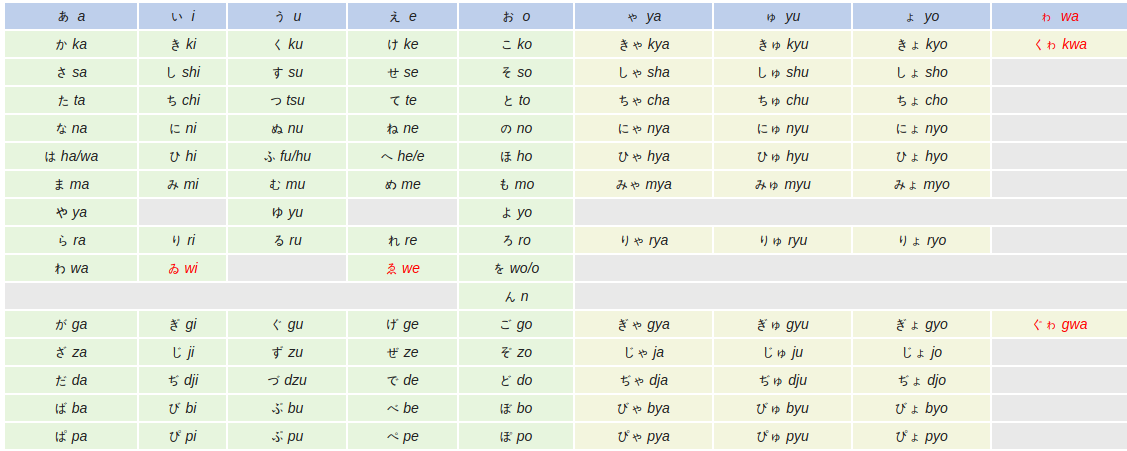¿Hiragana?
The hiragana is one of the two syllabaries used in Japanese writing; the other is called katakana. Hiragana is also commonly used to refer to any of the characters of said syllabary. It comes from the simplification of more complex characters of Chinese origin that arrived before the beginning of Japanese cultural isolation, which remained inflexible until the end of the Edo era. It is characterized by curved and simple strokes.

When referring to both syllabaries together, hiragana and katakana, they are known as kana. These characters, unlike the kanji, have no conceptual value, but only phonetic.
The hiragana syllabary consists of 46 characters in total, of which 45 represent syllables formed by a consonant and a vowel, or a single vowel; and the only consonant that can go alone, the 'n' (ん in hiragana and ン in katakana).
This syllabary is used in the writing of Japanese words, particles and verbal endings; in contrast to the katakana that is used for foreign words and onomatopoeias. Therefore, hiragana is the first syllabary that Japanese children learn. As they learn kanji, students replace the syllabic characters in favor of Chinese characters.
Hiragana and diphthong characters

The characters in red have become obsolete in modern Japanese.
Si quieres conocer otros artículos parecidos a ¿Hiragana? puedes visitar la categoría Educación.
Deja una respuesta